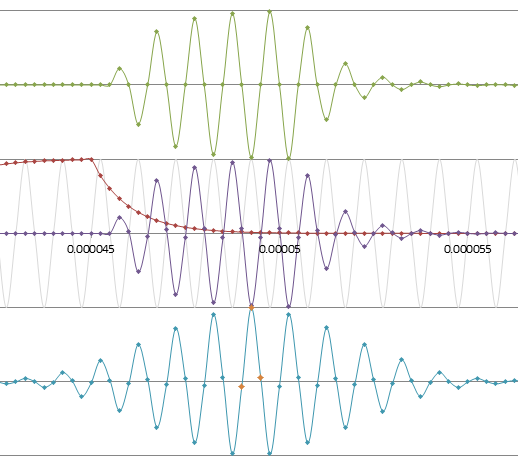Hi,
I have a question about the difference of DeltaTOF caculation between water and air in USSLib. I'm trying to understand how the caculation of air flow works. I try to analyze the USSLib by a program flow generate tools in IAR. The DeltaTOF_estimate seems to have no behavior on finding the MAX value of the cos-interpolate results(it does not need to run USS_calculateMax as DeltaTOF_water does). This makes me confused. Is there any special reason for this? Can someone tell me the exactly difference of DeltaTOF caculate between water and air in USSLib?
What's more, a window seems to be add to the samples(through USS_generateWindow and USS_runWindow), which was not described in user manual. Why do we need the window? What is it used to do?



